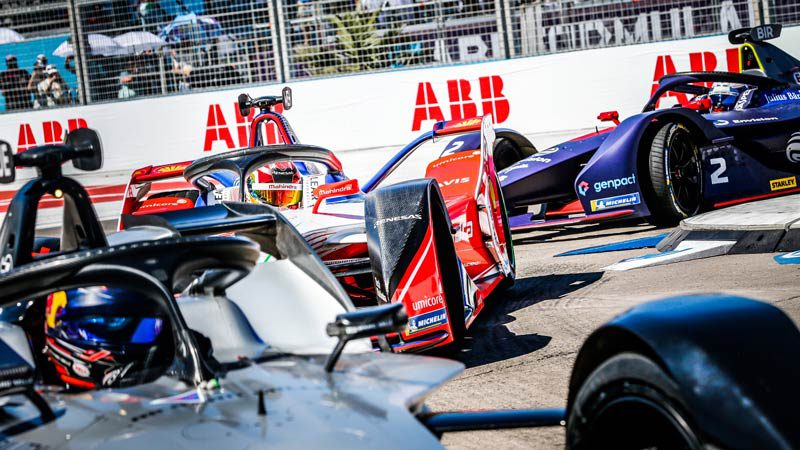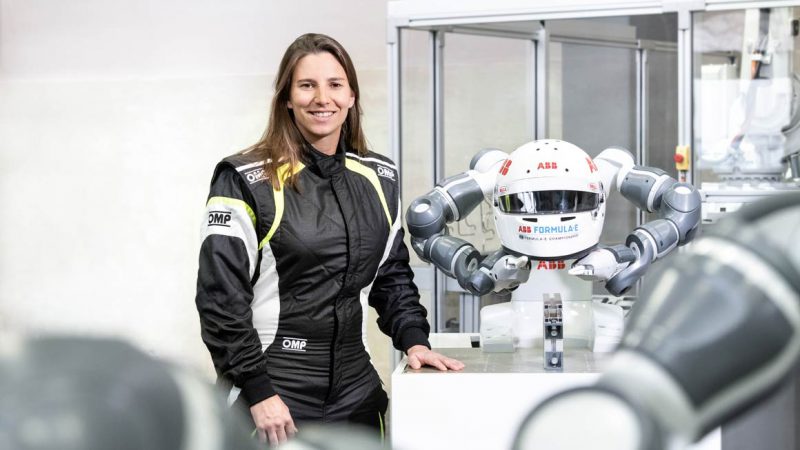Many would say that the Formula E is not a real motor sport.
Without the rumble of the fuel-hungry Formula One motors, you don’t feel it vibrating every fibre of your being (then again, you don’t damage ear drums, either).
But the Formula E is much more than just a race: for a start, the noise of the Formula E, a high-pitched buzz that has all the feeling of a remote-controlled car on steroids, instead conveys an impression of urgency and speed.
It also presents the opportunity for all involved, from automakers to charging infrastructure providers, to push boundaries of innovative e-mobility technology, in much the same way as the Formula One does for combustion engines.
Watching the 50th race of the five year-old Formula E in Hong Kong this weekend, I couldn’t help thinking of a young Anakin from the Star Wars anthology in a pod race.
Thanks to electric drivetrain technology – hardware and software – the Formula E presents drivers with a very different style of racing and for spectators, a different way of engaging with the race.
Generation 2
In the first Formula E seasons, the extreme demands of racing on fledgling battery technology meant that drivers would need to swap an energy-depleted car for a fully charged second vehicle in the middle of the race.
These days, a 54kWh battery means a driver has just one car for the whole race, and must make sure they not only maintain and gain rankings in the race, but also have enough energy to finish it.

Practice and qualifying rounds are held on the same day as the main race, so if there are any mishaps resulting in anything other than body damage prior to the main event, drivers may be knocked out of the race.
The new Generation 2 Formula E also means that drivers have to drive with strategy rather than brute speed.
As with other electric cars, Formula E cars have regenerative braking technology.
They tend to coast along the straights to conserve energy, and brake earlier for turns than one would see in the Formula One.
“Because the race is 45 minutes you have to manage the battery… As a driver you have to coast. When you brake at 50 metres you will be coasting from 150 metres, and then regen,” explains Simona de Silvestro, ambassador for title sponsor ABB, the only female driver on the V8 Supercars circuit and test driver for the Formula E.

This allows them to recoup energy as they approach the turn, but while it gives the impression that they are driving more conservatively than in a Formula One, it quickly becomes apparent there is much more to it.
Formula E cars have brake-by-wire systems, which allow greater accuracy than normal braking. It also means the drivers and their teams can tweak the systems using the car’s software.
“With an electric engine you work a lot on the different mapping for different types of corners, and that makes it quite special for Formula E because every track they can … be precise with everything that is going on with the motor,” says Silvestro.

Attack mode and fanboost
This year, the unique combination of software and electric drivetrain hardware have allowed the FIA to add two more elements to the Formula E race: Attack Mode and Fanboost.
As with other electric cars, software can be used to limit the amount of power used by the Formula E cars’ motors (all cars are limited to 200kW).
Both allow the drivers to use an additional burst of power; in the case of Attack Mode, which the drivers MUST use at some point twice in each race, an extra 25kW for each motor gives the driver a boost which they can choose to use strategically to overtake other drivers.
To use it, they must drive through an “activation zone”, and then they have four minutes of boosted speed.
In this year’s race, an initial crash in the second lap resulting in all drivers having to leave the track until it was cleared, leaving the majority of drivers wanting to make up time – all but two activated Attack Mode as soon as they were back on the track.
While Attack Mode is a must for drivers, Fanboost gives spectators the chance to have a direct influence on the race.
Fans vote for their favourite drivers via social media, with the most popular receiving additional seconds of boosted energy.
I got the impression that the ability to add modes like these in the Formula E will continue to push the way that the drivers approach the race, making decisions during racing not far removed from, say, playing Mario Kart.
“It makes it really cool because there is a bit more strategy and it gives you more advantage to get by people. I think it’s quite fun,” says Silvestro.
“It’s the only race where you can do something like this, it’s definitely thinking outside the box,” she says.
Next generation
What the future will bring for Formula E in terms of innovation, new technology and additional elements made possible by these technologies is yet to be seen.
But with its innately fresh approach to racing style and strategy, it has the potential to continue reaching an ever-widening, younger audience, and proclaiming: the future is here, and it is electric.
Bridie Schmidt travelled to Hong Kong as a guest of ABB
This article was originally published on RenewEconomy’s electric vehicle-dedicated site, The Driven…








